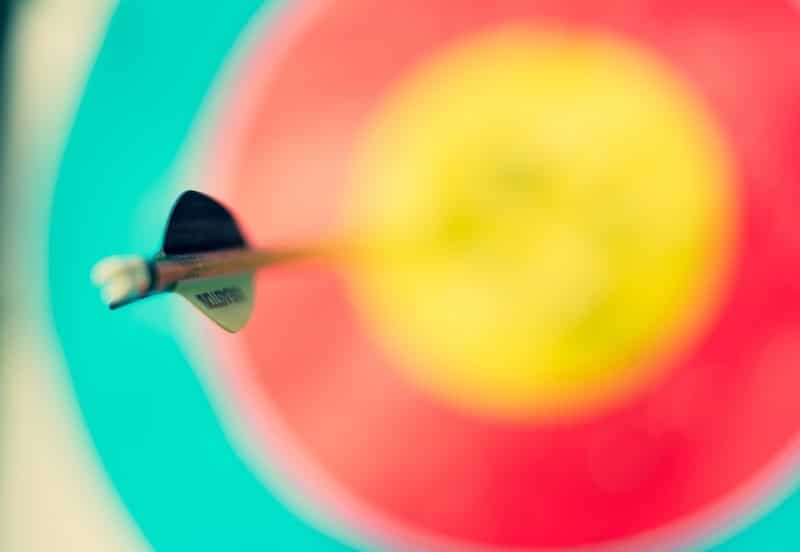
In a recent article for ArtSpace, Andrew M. Goldstein surveyed a wide array of art professionals to solicit their 2016 prognostications for the art world. Representing a cross-section of the industry, the artists, dealers, curators, gallerists, and collectors that Goldstein canvassed pointed frequently to the political climate, the environment, international upheaval, racial and gender equity, and the introduction of Cuban art into a wider market. They predicted stylistic trends, as well as an increasingly collaborative relationship among the fields of science, technology, and art, a development that they expect will influence the art market for generations to come.
While many folks noted these themes, very few touched on the idea of artists building sustainable business models, which is a particularly glaring omission considering how often those surveyed mentioned the need to upend the “status quo.” These same individuals neglected to define the “status quo,” or how it might need to change.
The current art market is built upon entrenched foundations that disempower working artists. This model has been kept alive by a system of beliefs that started a long time ago, one that perpetuated the expectation that artists could only make art, and that by getting bogged down in the administrative aspects of their work, they would somehow hinder their creative process. These outdated and unsustainable beliefs only serve middlemen who seek to profit from the work of artists, and call into relief the extreme fear of change that exists within the art industry.
While some folks asserted movement toward or away from specific genres, media, and approaches, no one expressed the idea of doing away with genre all together. Even in an industry that is about freedom of expression, and one in which its practitioners often thumb their noses at conventionality, there are still many who would constrain artists by pressuring them to adhere to particular movements. Artists should be chafing against the industry’s deeply rooted methodologies, which only serve a select few.
Although artists do not have a problem with embracing change, there are many folks within the art industry who push back against it with a vengeance, clinging to traditions that no longer serve their original purpose. “The fact that everyone wants to go to Cuba before it changes is itself a rejection of change,” says Elizabeth Hulings, the director of the Clark Hulings Foundation. There’s nothing wrong with nostalgia and respect for the past, as long as we don’t hold onto practices and institutions that act as tools of subjugation, limiting the creative breadth of visual art and its producers.
We see 2016 not as the beginning of a new age, but as the year in which the massive technological changes that have already taken place reach critical mass—developments such as the creation of cloud-based inventory systems, and the unmediated relationship that collectors can now have with artists via online markets—making it easier for artists to run successful businesses. We expect to see more and more artists come into their own as self-sufficient entrepreneurs, and we hope those who lack business skills or knowledge will more readily find the resources they need to achieve that goal. The Foundation exists to help get them the rest of the way.








Extremely thoughtful and provocative! An important different generational approach to the creative and business sides of art.
Thanks William!